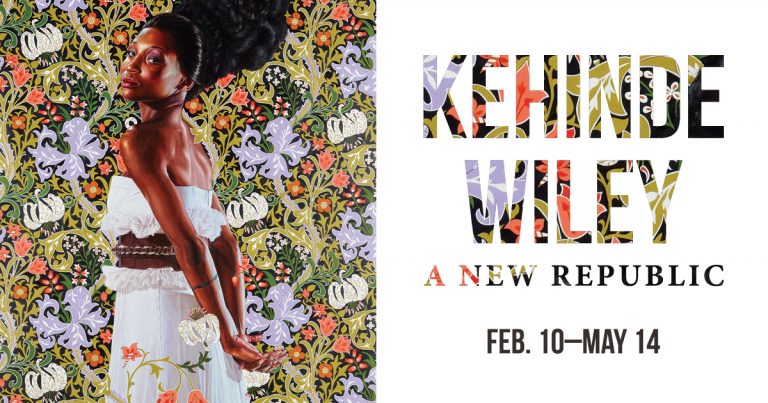SAGINAW, Mich.—The Crown Act is a law that prohibits the discrimination of hairstyles in the workplace. Today, people of all ages gathered at the Saginaw Art Museum for an event inspired by the bill celebrating black hair culture through artistic expression.
Organizers provided participants with blank canvases, colorful printouts, and bundles of hair to assemble their creations.
Braids, afros, and twists of many tints and textures filled canvas boards while strangers and friends engaged in laughter and a shared cultural experience.
Event Organizer Terra Riley shares that her friend, State Senator Sarah Anthony, who introduced The Crown Act bill, played a significant role in motivating her to create The Crown Experience.
Riley also shares her personal inspiration behind the event: ” To honor the history of our black story, our black hair story. The idea of slaves braiding rice into their hair. The idea of a braid pattern actually being a map just shows me the intellect, the deep, rich deepness of our people, and so today, I just really wanted to express that.”
Participants were also invited to contribute to the community Kente cloth, which will be displayed in the museum’s office.
While Riley encourages attendees to leave a piece of their art behind, she hopes everyone takes away something even more meaningful. “My hope is that their takeaway is the beauty and richness of who and what we are,” Riley said. “Today, I’m grateful that this space did what it was supposed to do today. People came together and celebrated the beauty of black hair.”
To continue the celebration of art and diversity, the museum is open Wednesday through Saturday.








